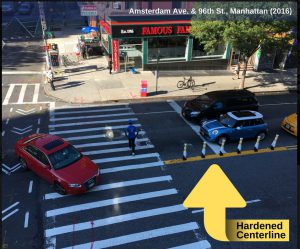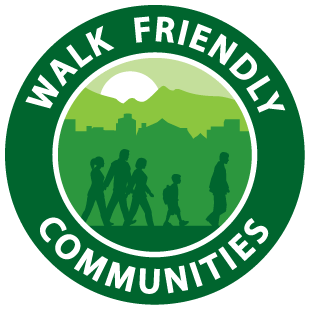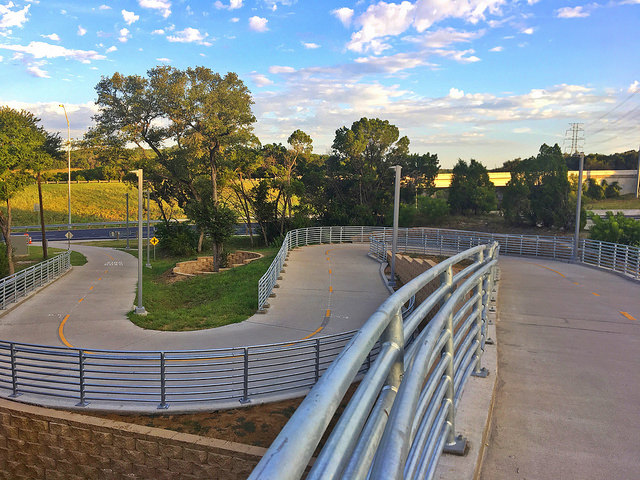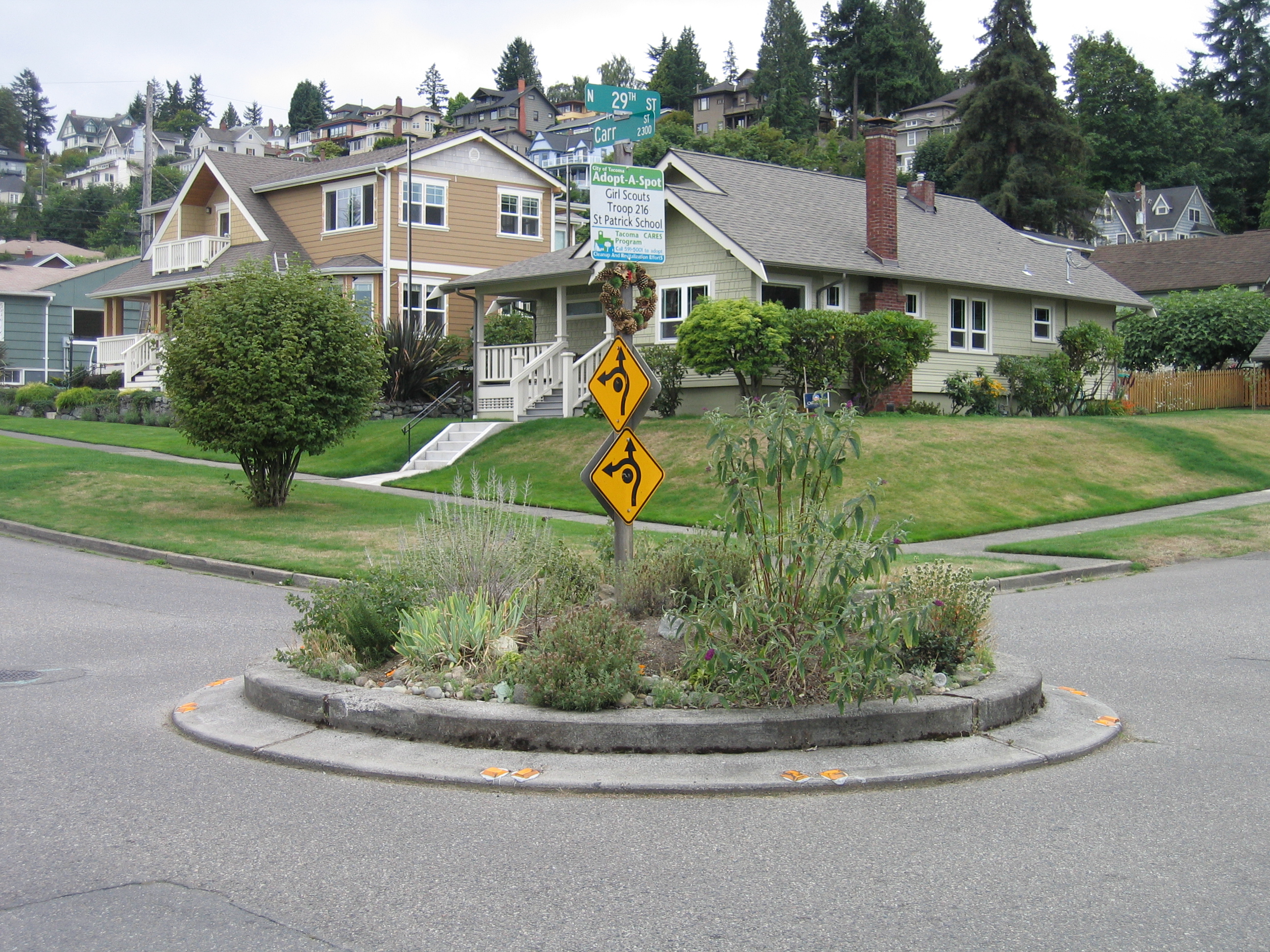 As part of its Vision Zero initiative, New York City has been implementing and evaluating a set of traffic calming measures focused on left turns at intersections, based on findings from the Left Turn Pedestrian and Bicyclist Study. Since 2016, the city has installed treatments in over 200 intersections. Treatments such as a ‘hardened centerline’ slow left turning traffic and change the characteristics of the turning movement to increase safety. At these intersections, the city has documented reduced turning speeds and fewer incidents of crossing double yellow lines when turning left. Officials expect to find that crashes have been reduced, once the data are available for longer-term evaluation.
As part of its Vision Zero initiative, New York City has been implementing and evaluating a set of traffic calming measures focused on left turns at intersections, based on findings from the Left Turn Pedestrian and Bicyclist Study. Since 2016, the city has installed treatments in over 200 intersections. Treatments such as a ‘hardened centerline’ slow left turning traffic and change the characteristics of the turning movement to increase safety. At these intersections, the city has documented reduced turning speeds and fewer incidents of crossing double yellow lines when turning left. Officials expect to find that crashes have been reduced, once the data are available for longer-term evaluation.
Traffic calming measures use physical and visual cues to slow traffic and minimize the number and severity of crashes, increasing safety and comfort for people walking and bicycling. Traffic calming is self-enforcing; the design of the roadway results in the desired effect and does not rely on behavioral interventions. If implemented correctly, traffic calming can be extremely effective in reducing crashes. Improved livability, which is not as easy to quantify, is an additional and equally important benefit derived from traffic calming.
Continue reading Left Turn Traffic Calming Enhancing Pedestrian Safety in New York City


